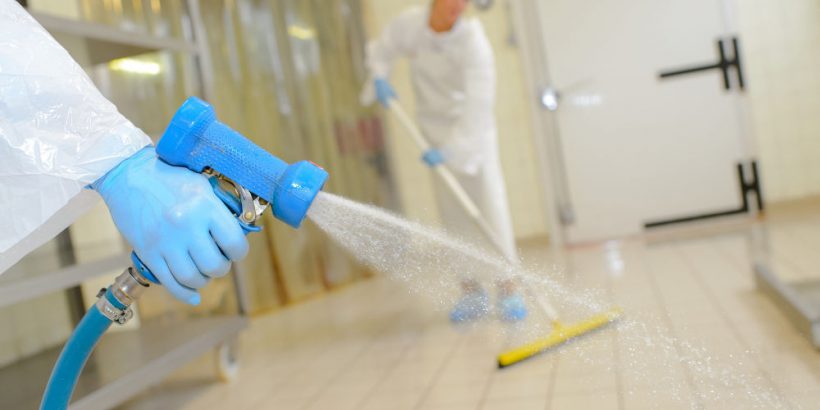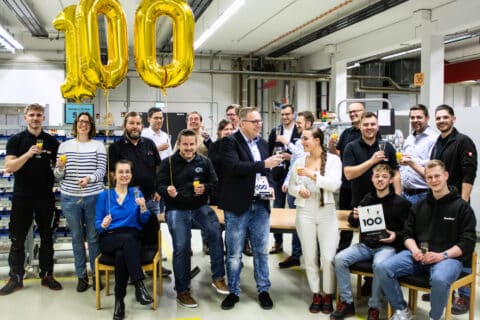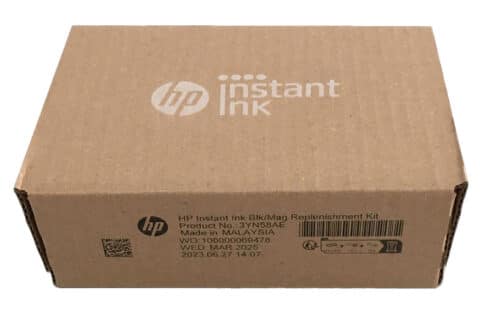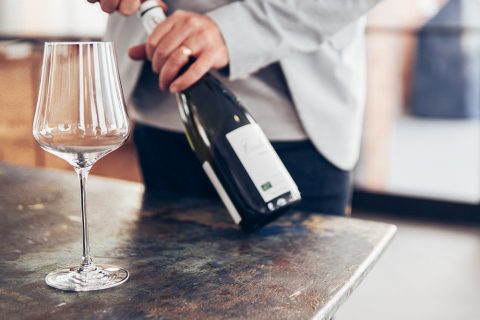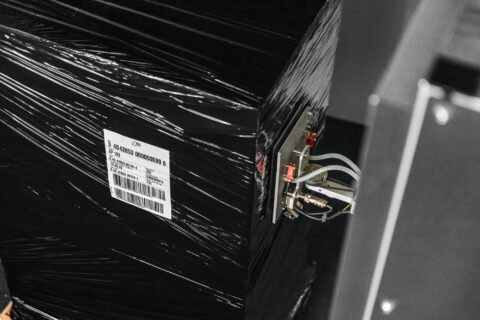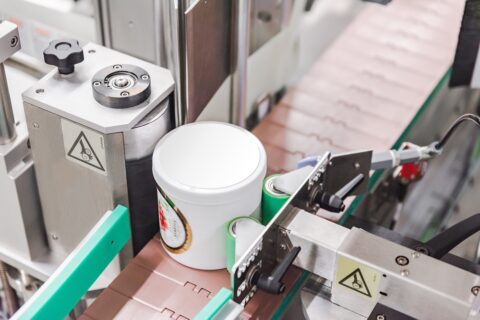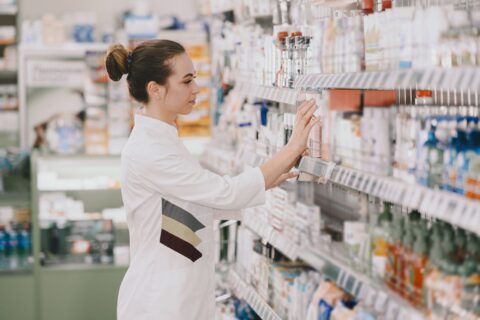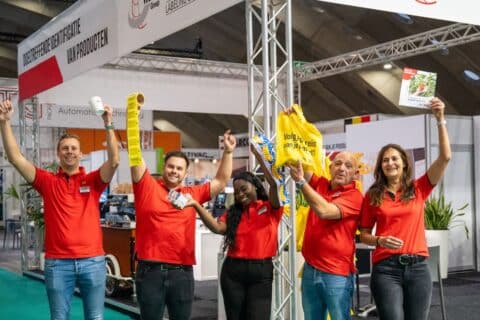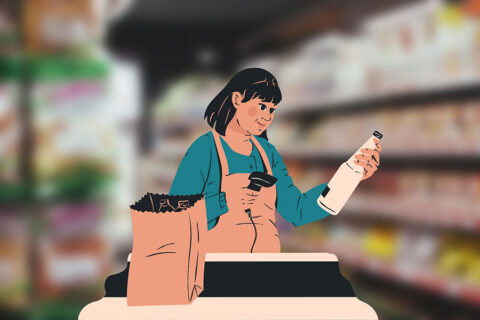In many companies, a washdown within the manufacturing environment is on the daily schedule. Particularly in the food, dairy, chemical and pharmaceutical industry, strict hygiene regulations must be followed. Furthermore, employee safety or the system’s lifespan and productivity are important reasons for cleanliness in production facilities.
In order to remove firmly adhering impurities (eg. grease, acids or salts), floors, conveyor belts and machines usually have to be hosed down with water. However, not all parts of the production line can handle a “shower” like that: Electronic devices such as inkjet printers, label printers or labeling systems can be sensitive to water jets. They usually have to be covered waterproof or even be dismantled beforehand. This costs a lot of time and disturbs efficiency. Significant effort can be saved by paying attention to the device’s IP code. These properties are also extremely interesting for factories with high dust levels as well!
What is an IP code? Breakdown
The IP Code (also referred to as: International Protection Marking or Ingress Protection Marking) of electronic equipment indicates the degree of protection the housing and connectors provide against foreign objects, dust and water. The code consists of two consecutive codes. The first digit indicates the level of protection that the enclosure provides against contact and solid objects. The second digit indicates the level of protection against ingress of liquids.
The following table explains the IP protection codes according to DIN EN 60529.
What does the first digit of an IP code mean?
| Digit | Protection against access to solid foreign particles and objects: |
| 0 | No specific protection |
| 1 | Protection against large surfaces > 50 mm (e.g. back of hand) |
| 2 | Protection against medium surfaces > 12.5 mm (e.g. fingers) |
| 3 | Protection against small surfaces > 2.5 mm (e.g. tools) |
| 4 | Protection against very small surfaces > 1 mm (e.g. wires, ants) |
| 5 | Protection against dust in sufficient quantity to interfere with the satisfactory operation |
| 6 | Dust tight |
What does the second digit of an IP code mean?
| Digit | Protection against ingress of liquids: |
| 0 | No protection |
| 1 | Protection against vertically dripping water |
| 2 | Protection against vertically dripping water when tilted at 15° |
| 3 | Protection against spraying water at any angle up to 60° |
| 4 | Protection against splashing of water from any direction |
| 5 | Protection against water jets (nozzle: 6.3 mm) from any direction |
| 6 | Protection against powerful water jets (nozzle: 12.5 mm) from any direction |
| 7 | Protection against immersion up to 1 meter depth |
| 8 | Protection against continuous immersion up to 1 meter depth or more |
| 9 | Protection against close-range high pressure, high temperature water jets |
Labeling and marking systems with IP65 protective enclosure
By checking the IP code, you can now see how well your marking system is protected against dust and water. Industrial machines with IP65 protection are ideal for wet-cleaned plants.

One example is our Markoprint IP-JET HP inkjet printer, which has been specially developed for use in harsh industrial environments. The space-saving system combines printhead and control unit in a closed housing. Moisture and dust particles cannot ingress thanks to a special seal in the area of the cartridge as well as an overpressure connection and watertight connectors.

Its unique modular design allows it to adapt to different environments. The label dispenser Alpha HSM can also apply pre-printed labels to packages and products at high speed. The device has IP65 class protection thanks to its special housing. No cover is required during wet-cleaning or when the machine is used in dusty and damp environments.
Get in touch for more information and FREE consultation
Title image sorce: © auremar – Fotolia.com


